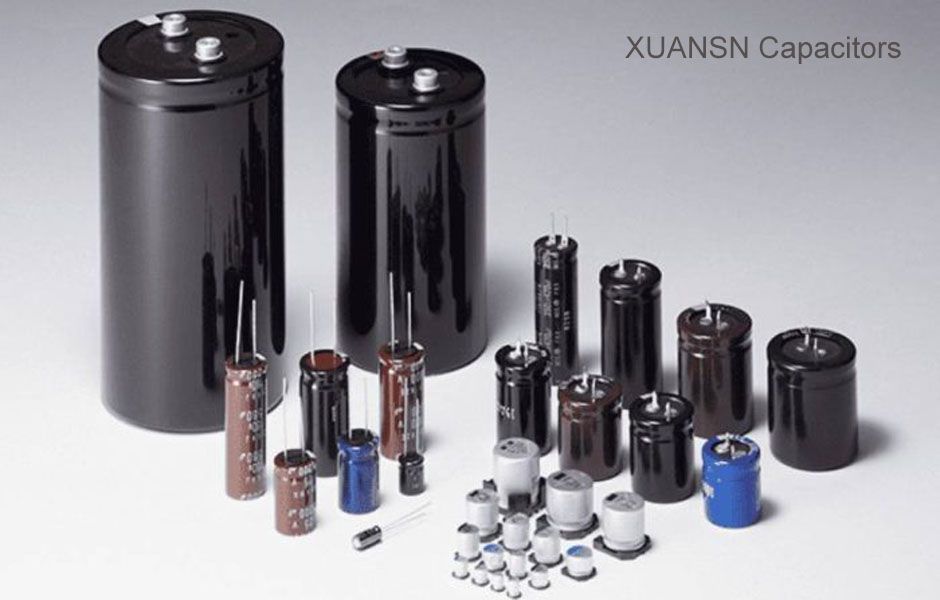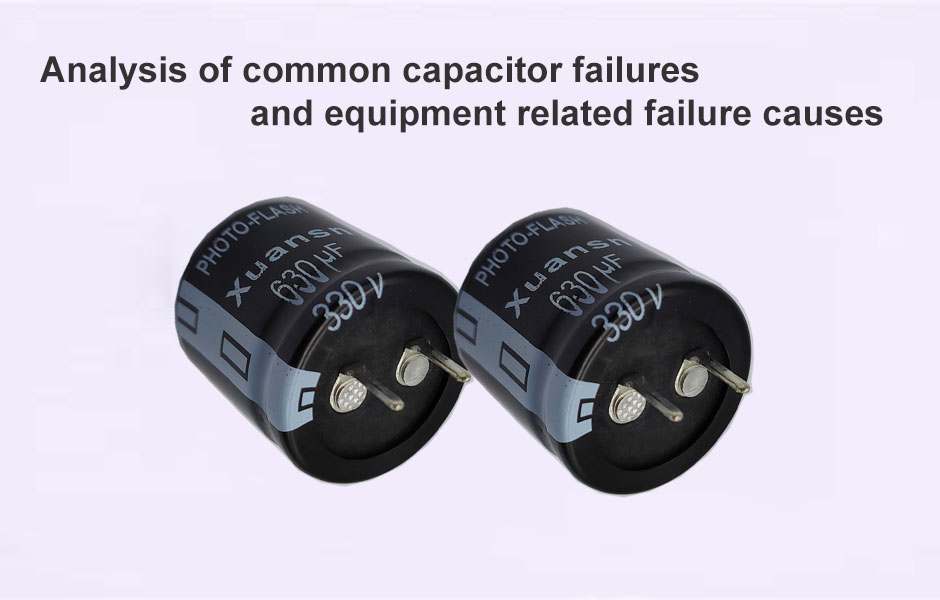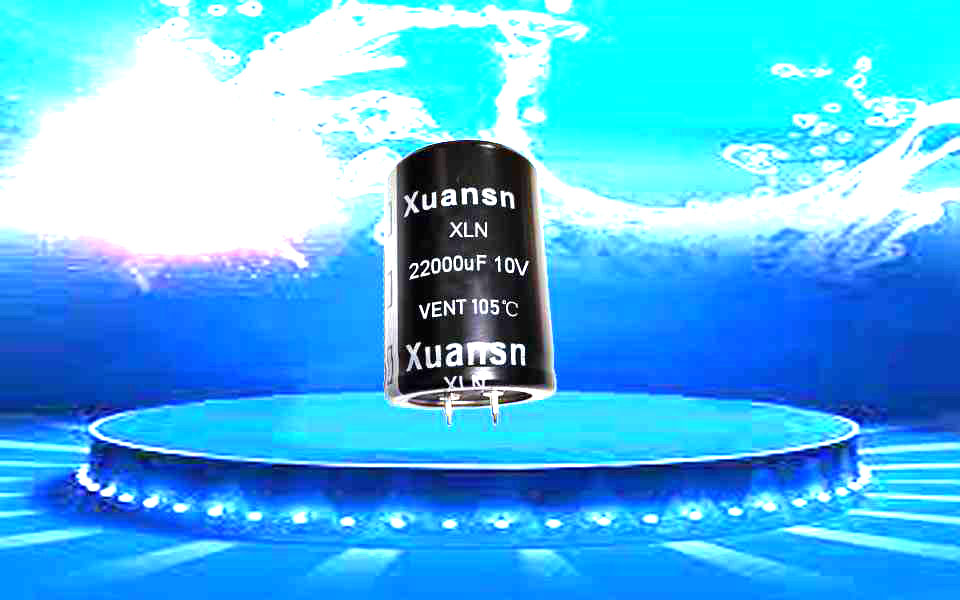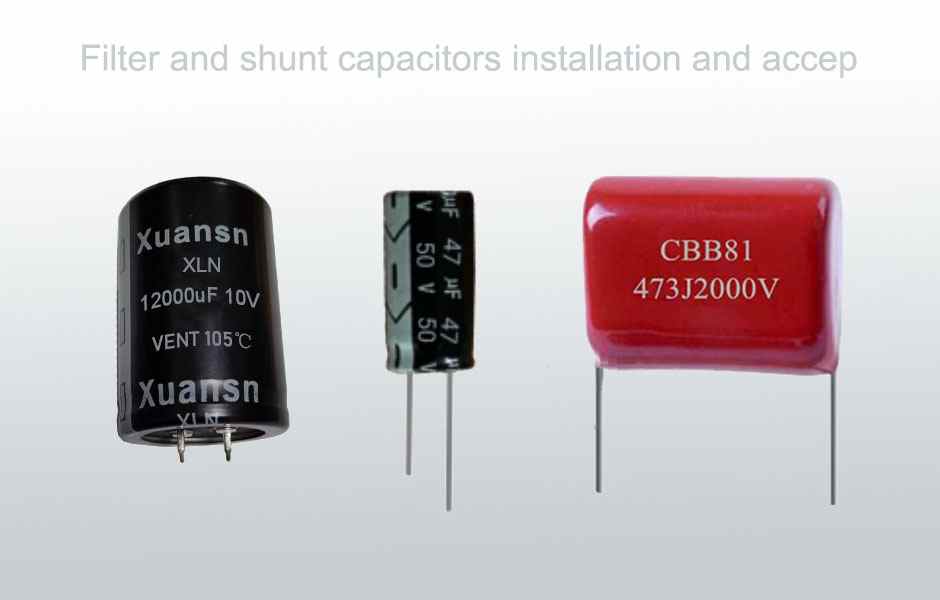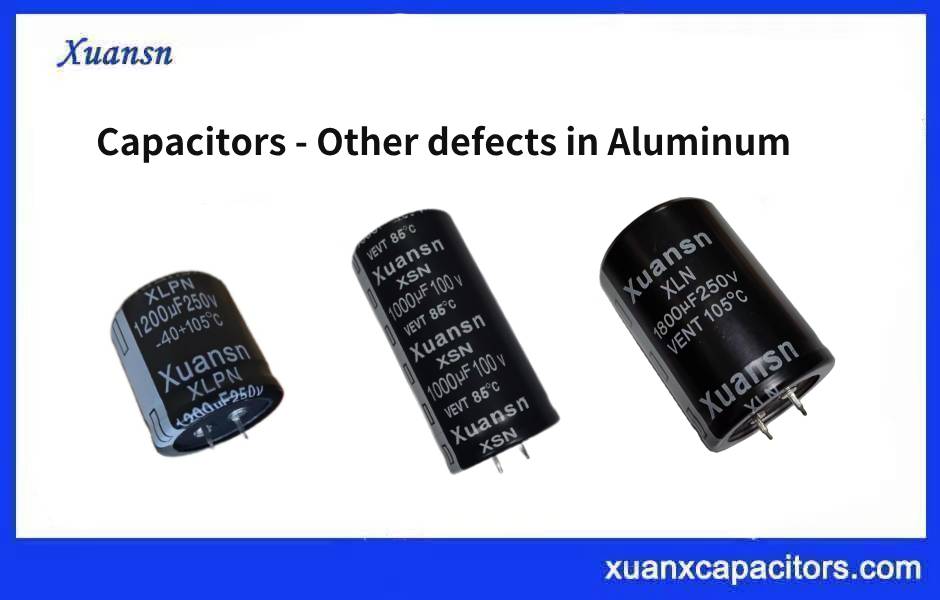The detection of capacitors is mainly divided into three categories: the detection of fixed capacitors, the detection of electrolytic capacitors, and the detection of variable capacitors.
Fixed capacitor detection
1. Detection of small capacitors below 10pF. Because the capacity of fixed capacitors below 10pF is too small, use a multimeter to measure, only qualitatively check whether there is leakage, internal short circuit or breakdown. If the measured resistance value (the pointer swings to the right) is zero, it indicates that the capacitor leakage damage or internal breakdown.
2. The red and black test leads of the multimeter are connected to the emitter e and collector c of the composite tube respectively. Due to the amplification effect of the composite transistor, the charging and discharging process of the measured capacitor is amplified, so that the amplitude of the multimeter pointer swing is increased, which is convenient for observation. It should be noted that: in the test operation, especially when measuring a small-capacity capacitor, you must repeatedly exchange the measured capacitor pin contact A, B two points, you can clearly see the multimeter pointer swing.
3. The R × 10k block of the multimeter can be used to directly test whether the capacitor is charging and whether there is an internal short circuit or leakage, and the capacity of the capacitor can be estimated according to the amplitude of the pointer swinging to the right.
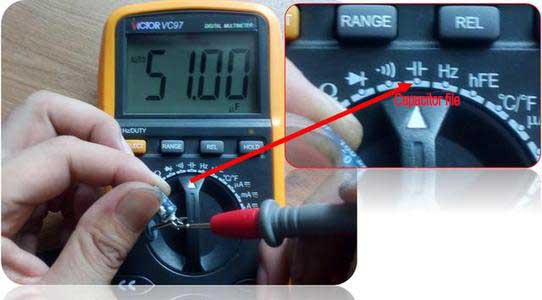 Detection of electrolytic capacitors
Detection of electrolytic capacitors
1. Connect the red lead of the multimeter to the negative pole and the black lead to the positive pole. At the moment of contact, the pointer of the multimeter deflects to the right by a large deflection (for the same electrical block, the larger the capacity, the larger the swing amplitude), and then gradually to the left Turn around until it stops at a certain position. The resistance at this time is the forward leakage resistance of the electrolytic capacitor, which is slightly larger than the reverse leakage resistance. In the test, if there is no charging phenomenon in the forward direction and the reverse direction, that is, the hands are not moving, it means that the capacity disappears or the internal circuit is broken; if the measured resistance value is very small or zero, it means that the capacitor has large leakage or breakdown damage. Can no longer be used.
2 For electrolytic capacitors with unclear positive and negative signs, the above method of measuring leakage resistance can be used to judge. That is, measure the leakage resistance arbitrarily, remember its size, and then exchange the test leads to measure a resistance. The one with the largest resistance in the two measurements is the positive connection method, that is, the black test lead is connected to the positive electrode, and the red test lead is connected to the negative electrode.
3 Use a multimeter to block electricity, and use positive and reverse charging methods to the electrolytic capacitor. According to the magnitude of the swing of the pointer to the right, the capacity of the electrolytic capacitor can be estimated.
Variable capacitor detection
1. Gently rotate the shaft by hand, it should feel very smooth, and sometimes should not feel loose or tight or even stuck. When the carrier shaft is pushed forward, backward, up, down, left, right and other directions, the shaft should not be loose.
2. Rotate the shaft with one hand, and touch the outer edge of the moving piece group with the other hand, you should not feel any looseness. The variable capacitor with poor contact between the rotating shaft and the moving piece can no longer be used.
3. Put the multimeter in the R × 10k block, connect the two test leads to the leading end of the moving piece and the fixed piece of the variable capacitor with one hand, and slowly rotate the shaft a few times back and forth with the other hand. It should not move at the infinite position. In the process of rotating the shaft, if the pointer sometimes points to zero, it means that there is a short circuit point between the moving piece and the fixed piece; if a certain angle is encountered, the multimeter reading is not infinite but a certain resistance value appears, indicating that the variable capacitor There is a leakage phenomenon between the film and the fixed film.
